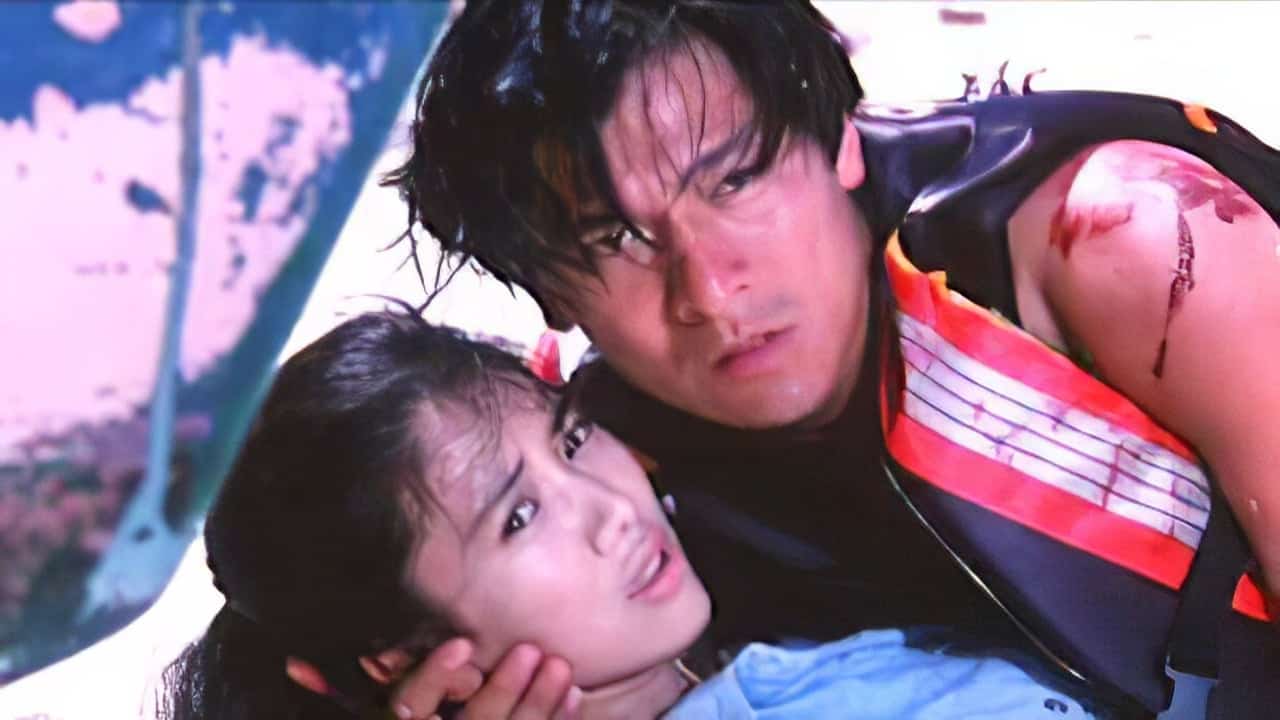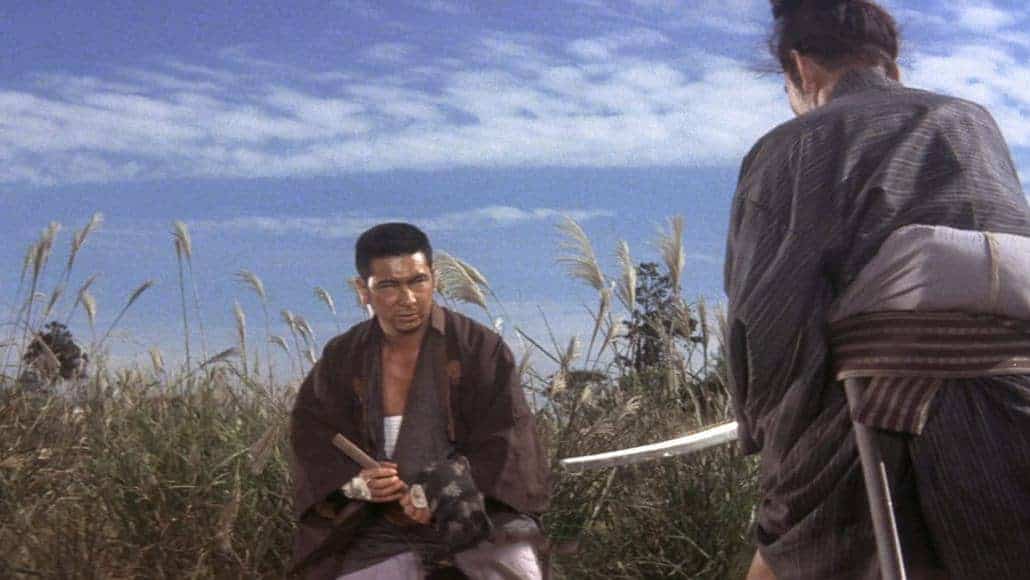Winner of the Best New Director prize at the Locarno Film Festival, and one of the greatest recent Japanese films, alongside “Hime-Anole“, “Destruction Babies” is a combination of Miike's “Izo”, Tsukamoto's “Tokyo Fist” and Toyoda's “Pornostar“.
The film starts in Mitsuhama, a small port in the west of Ehime prefecture where two brothers are living, abandoned by their parents. The younger is named Shota and seems like a regular high-school boy, and the second is Taira, a delinquent who is introduced through a fight with the local gang, he against half a dozen that is. Almost immediately after the fight, and a little before the mikoshi (portable shrine) festival, Taira leaves and embarks on a trip of blind violence through the streets of the city, where he picks fights with anyone that comes across his way, including the members of the local gang who run a hostess club.
Taira wanders tirelessly in the streets, being beaten, but always returning to win against his opponents. Eventually he meets Yuya, a high school brat that is intrigued by his behavior and decides to follow him, even starting to give him orders regarding his opponents. As their fights start to circulate through the internet, Shota tries to find his brother, while Nana, a shoplifter and a hostess to the aforementioned club, gets involved with the violent duo, with terrible consequences.
The way Tetsuya Mariko directs the film is quite hard to believe, as Taira goes from street fight to street fight, in a loop that seems to make him stronger each time is repeated. Apart from his first victim, though, the rest of his opponents somewhat deserve it, since they include yakuza and two brats with dyed blond hair who decide to make fun of him. This endless fighting could become tedious, but Mariko's direction and Yuya Yagira's magnificent, silent acting make it very hard to look away from the screen.
For Mariko, who also pens the script along Kohei Kiyasu, violence seems to have a poetic and very meaningful hypostasis, as he uses it to communicate his messages. The first one is a sharp comment regarding Japan's youth, as portrayed through Yuya, an adolescent who seems lost in the world of social media, aimlessly roaming in pachinko parlors, looking for any kind of excitement. Furthermore, his transformation during his “trip” with Taira is quite shocking to watch, as he gradually becomes even worse than his “mentor” is. The second one regards the Nada Kenka Matsuri, a festival dedicated to the God of fighting, where 3 mikoshi fight and try to break down one another in front of the god. This message becomes evident at the end of the film, abstractly explaining Taira's actions. However, Mariko also presents violence as a disease that seems to transmit to everyone associated with it, both perpetrators and victims, transforming into animals.
Apart from Yuya Yagira, Masaki Suda is also quite good as Yuya, although his constant yelling and screaming, a common characteristic of contemporary Japanese actors, becomes tedious after a time. Nana Komatsu has a smaller part as Nana, but the finale of her story arc definitely compensates. Denden also plays a small part and has a very strong scene with Nijiro Murakami, who plays Shota.
The combination of Yasuyuki Sasaki's cinematography and Lee Hidemi's editing is one of the film's strongest points, with the two of them being responsible for the utterly realistic and very impressive fights. Furthermore, Sasaki presents a number of impressive images, both in the roads of the urban setting and in clubs, pachinko parlors, and other interior spaces.
“Destruction Babies” is a truly great film, a great specimen of contemporary Japanese cinema, and a clear indication that Japanese cinema can eventually get out of the manga and novel adaptation tangle it is currently in.
Destruction Babies is part of the Japan Foundation Touring Film Programme starting in February 2017 and will be available in DVD from Third Window Films in April 10th, 2017















